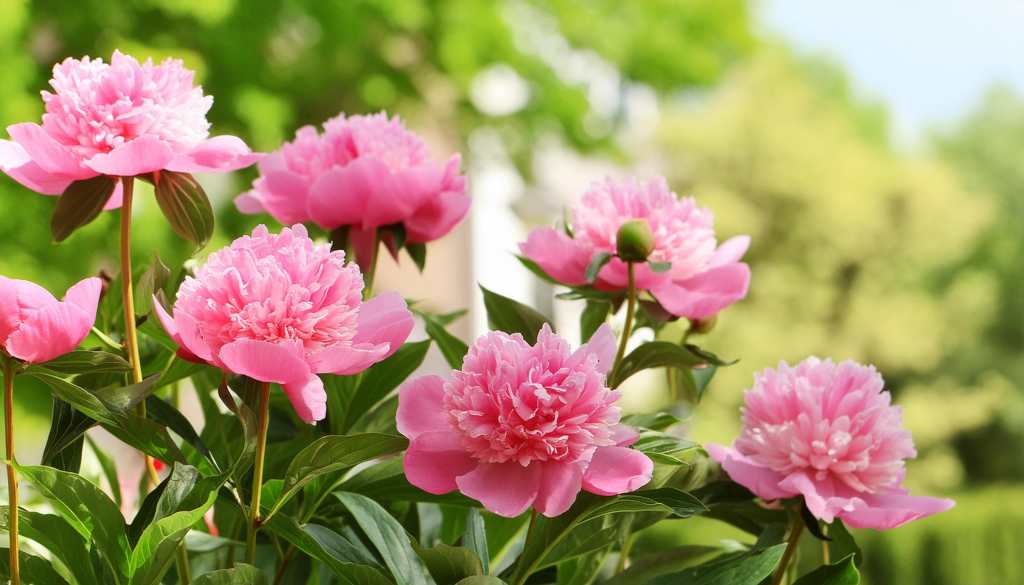When winter comes, the jasmine enters the stage of lethargy or rest, so if you have jasmine at home, you must take the measures to keep your plant in perfect condition. In this way, it will not be enough for you to know how to care for a jasmine plant. Know the Jasmine winter flowering of this plant during the coldest season of the year.
In this way, we explain in detail how to care for jasmine in winter so that you can keep these plants strong and healthy throughout the year and look beautiful during the flowering season. How to care for jasmine in winter so that you can keep these plants strong and healthy throughout the year and look beautiful during the flowering season.
Jasmine winter flowering tips
Jasmine is a plant native to the Middle East. It needs a lot of light and sun to grow healthy. If you live in a humid or particularly cold area, make sure you choose a place protected from the wind and heavy rain.
In winter, it is also advisable to cover the pot with dry leaves to keep the roots warm.
It is not essential to buy the florist’s plant; You can also cut a branch of a friend’s or relative’s plant and proceed with the multiplication by cuttings. In this case, just take a branch of about 10 cm of support or a bud grown at the base of the plant and insert it into a pot full of sand and peat. It must take root. Once grown, you simply transplant it to the final pot.
Beware of pests: Like roses, jasmine is vulnerable to aphids and woodlice. If the soil is too wet, a gray mold may also appear.
In the case of having a climbing plant, great efforts are unnecessary. Place the pot or planter on the ground and once the first branches “indicates the way” to the jasmine by attaching the first intersections. The rest will come alone.
Do not expect it to grow too much in a short time: the jasmine has its moment. But if you take care of it and protect it from the cold, you will soon have the garden (or terrace) flooded with odor.
On the other hand, jasmine is an undemanding plant. For this reason, it is sufficient to water the plant only once a week during the first two years of planting and, after this time, it can be considered almost autonomous. It will be enough to water it only when there is a lot of droughts.
The plant does not require much more care, not even as pruning. Ideally, prune the plant in the spring, but only to adjust its size. The old and dry branches should be cut at the base.
Some facts about Jasmine
It is important that you know that Jasmine is a typical flower of tropical regions and, therefore, does not tolerate very low temperatures. That is why in countries with marked thermal differences depending on the season of the year it is important to carry out certain actions so that the jasmine does not die in winter.
Also, except for winter jasmine, you should know that in general jasmines bloom from spring to autumn and, therefore, in winter they start a kind of lethargy season, as some animals do during their hibernation.
In this way, the winter will be the appropriate time to prune the jasmine and get it to grow new shoots afterward. Remove all dried leaves and branches, as well as those that look sick or weak. It will also be important to avoid that the jasmine grows too dense, to get sunlight to reach the interior of the plant as well.
What is jasmine?
Jasmine is a plant that comes from the Oleaceae family. Its name derives from the Persian language, where the plant grows naturally exuberant and fragrant. The plant is famous for its delicious fragrance, an essence also used in the world of perfumes.
It is also known for its white and yellow flowers, with a lot of fragrance. This plant also has around 200 species. It can be bush or climbing, reaching even 15 meters high. The leaves of the plant vary depending on the species, while the flowers always have the shape of a star, with a long tubule at the base. The colors are different: they can be pink and red, but the most common colors are white and yellow.
Also, if you have your jasmine in the garden or other outdoor space, you should protect it from frost and intense cold. Therefore, if they are in pots, you can enter them into a room in your home or, for example, to a garage or interior patio. If they are directly on the ground or in planters you can not move, you should protect them with some plastic as if it were a greenhouse.
Among the Jasmine winter flowering in winter, it should be noted that you should reduce the risk of watering and it will even be enough to add water once a week. Remember that you should not wet the flowers of the jasmine because they spoil.







